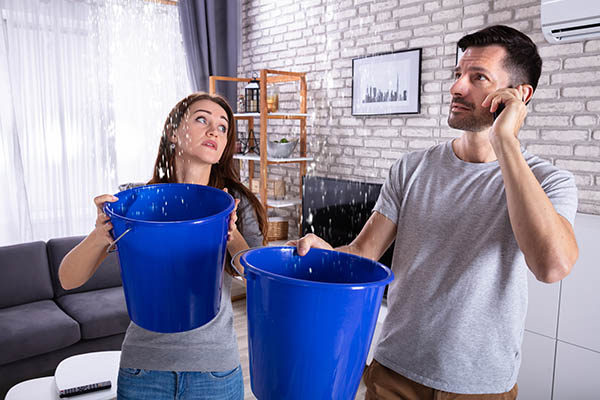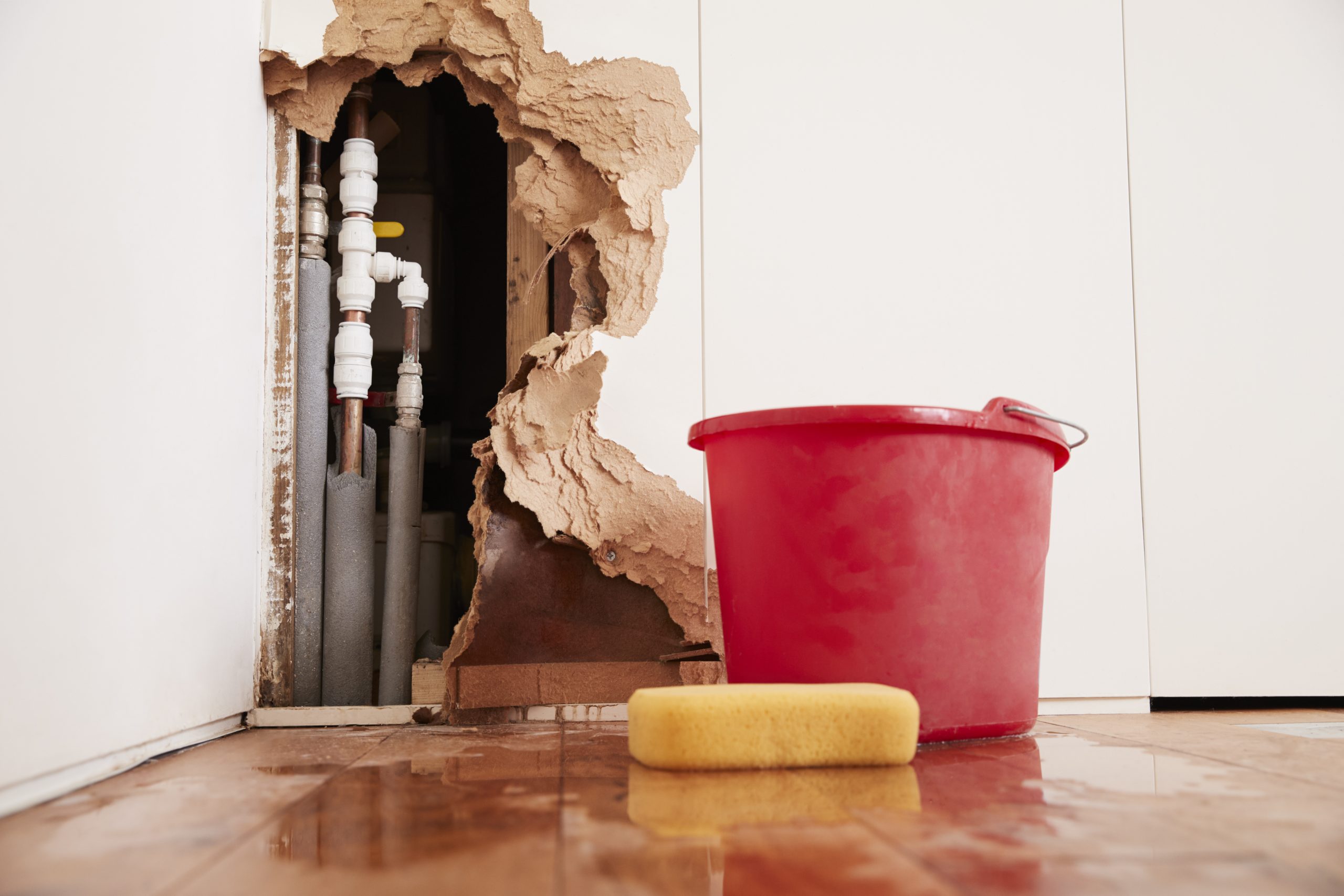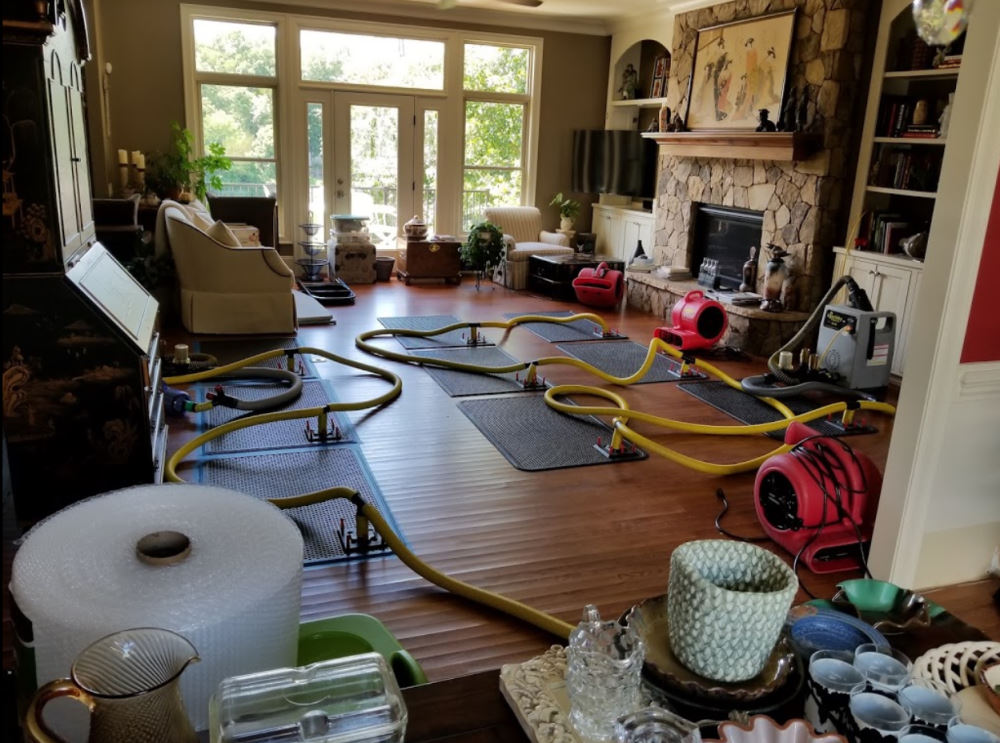Leak Detection Philadelphia: Early Intervention for Residential Property Defense
Emergency Situation Water Damages Restoration: Swift Feedback to Lessen Further Damage
Water damage can strike all of a sudden and leave devastating impacts on homes and companies. When encountered with such a circumstance, a speedy feedback is essential to lessen more damages and stop potential carcinogen. What exactly does emergency situation water damage reconstruction involve? In this conversation, we will explore the significance of instant action, the analysis process, the actions associated with water extraction and drying, mold and mildew prevention and remediation, and inevitably, the restoration of the damaged area. By comprehending the necessity and thorough nature of this process, you will certainly obtain valuable understandings right into just how professionals tackle emergency water damages, making certain a swift and efficient response.
Relevance of Swift Reaction
Swift response is of utmost significance in water damages restoration to minimize more damage and reduce prospective threats. When water damage happens, whether because of a ruptured pipeline, an all-natural catastrophe, or any type of various other unexpected event, time is important. The longer water beings in a building, the even more damages it can trigger. This is why it is important to act promptly and effectively to get rid of the water and begin the repair procedure.
One of the primary factors quick reaction is crucial in water damages reconstruction is to stop the development of mold and mildew. Mold and mildew can begin to grow within 24 to two days of water direct exposure, and as soon as it holds, it can spread out rapidly throughout the damaged area. Mold not just creates further damages to the structure of the structure however likewise presents health and wellness dangers to occupants. By responding quickly, professionals can extensively dry the area and prevent the development of mold, minimizing the requirement for extensive remediation and ensuring the security of those included.
Water damage can be ruining, particularly when it influences personal products of sentimental or financial value. Performing swiftly enables specialists to evaluate the damage and execute ideal remediation strategies to restore as much as possible.
Analyzing the Degree of Damages

Throughout the evaluation, remediation professionals thoroughly analyze the afflicted location to identify visible signs of damage, such as water spots, distorted materials, and mold and mildew growth. They additionally utilize specific tools to detect covert damage, such as moisture meters and thermal imaging cameras. This detailed evaluation allows them to precisely determine the extent of the damage and establish a tailored reconstruction strategy.
Because it aids professionals prioritize their initiatives,Evaluating the extent of water damages is crucial. They can identify locations that call for immediate interest, such as standing water elimination and drying out, to stop additional damages and decrease the threat of mold growth. They can likewise determine the areas that need fixings or replacement, making sure that no damage goes neglected or unnoticed.

Water Removal and Drying Out Refine
The water removal and drying procedure is an essential step in water damage restoration, as it involves the elimination of excess water and the comprehensive drying of the damaged location to protect against more damage and reduce the threat of mold growth. After assessing the level of the water damages, the next step is to remove the water from the afflicted location.
When the excess water has actually been extracted, the drying procedure begins. This action is essential in protecting against secondary damage, such as structural damages and the development of mold and mildew and mildew. High-powered fans and dehumidifiers are used to circulate air and remove dampness from the air and surfaces. The drying procedure might take a number of days, depending on the degree of the water damage and the products included.
It is crucial to make sure that the damaged location is entirely dry before proceeding with any type of repair services or repair. Failing to thoroughly dry the location can lead to have a peek at this site long-term issues, consisting of damaged frameworks, stuffy smells, and the development of mold and mold. Consequently, professional water damages great post to read reconstruction firms use moisture detection tools to make certain that the afflicted area is completely dry prior to proceeding to the next step.
Mold Prevention and Removal
Reliable mold and mildew avoidance and removal are essential in water damages restoration to make sure the safety and security and honesty of the afflicted location. water damage restoration philadelphia. When water damage takes place, whether from a burst pipe, flooding, or a leaky roof, it develops an optimal environment for mold and mildew development. Mold can begin to develop within 24 to 2 days after water damages, and if left neglected, it can spread swiftly and create significant wellness risks
To prevent mold growth, it is important to address water damages quickly. The initial step is to determine and repair the source of the water breach. When the source is taken care of, the damaged location should be thoroughly dried to avoid dampness from remaining. This may entail the use of dehumidifiers, air moving companies, and various other customized equipment to remove excess dampness from the air and surface areas.
In instances where mold and mildew growth has already occurred, remediation is essential to remove the mold and avoid its return. This involves the mindful removal and disposal of affected products, such as drywall or carpeting, to ensure that all traces of mold and mildew are removed. It is essential to note that mold remediation must be accomplished by experts that have the essential training and devices to safely take care of and eliminate mold and mildew.
Bring Back the Affected Area

To start with, it is necessary to thoroughly dry the area to avoid any kind of additional damages and to hinder the growth of mold and mildew and mold. This might include making use of specialized drying out devices, such as dehumidifiers and industrial-grade followers, to remove all wetness from the affected surfaces.
When the location is totally dry, the remediation procedure can start. This may entail repairing or changing damaged architectural elements, such as floor covering, drywall, or ceiling tiles. It is very important to resolve any kind of underlying problems that may have caused the water damages, such as dripping pipelines or malfunctioning pipes, to stop future events.
Furthermore, bring back the afflicted location might additionally official source consist of painting walls, replacing damaged components, and extensively cleaning and sanitizing the room. This makes sure that not only is the location structurally audio, but it is also cosmetically pleasing and risk-free for occupancy.
Verdict
In final thought, swift feedback is critical in decreasing additional damages triggered by water emergencies. Analyzing the degree of damage enables efficient water extraction and drying out processes to be executed. Additionally, mold prevention and removal are essential in bring back the afflicted area. In general, timely activity and complete reconstruction steps are crucial to reducing the adverse impacts of water damages.
Swift reaction is of utmost value in water damages restoration to reduce additional damages and mitigate prospective dangers.Throughout the assessment, remediation experts extensively check out the affected area to identify visible indications of damages, such as water discolorations, deformed products, and mold and mildew growth.The water extraction and drying process is a critical action in water damages restoration, as it involves the removal of excess water and the comprehensive drying of the afflicted location to stop additional damages and alleviate the danger of mold and mildew development. After examining the level of the water damages, the following action is to draw out the water from the damaged location.Reliable mold and mildew avoidance and remediation are important in water damage remediation to make sure the security and stability of the afflicted area.